-
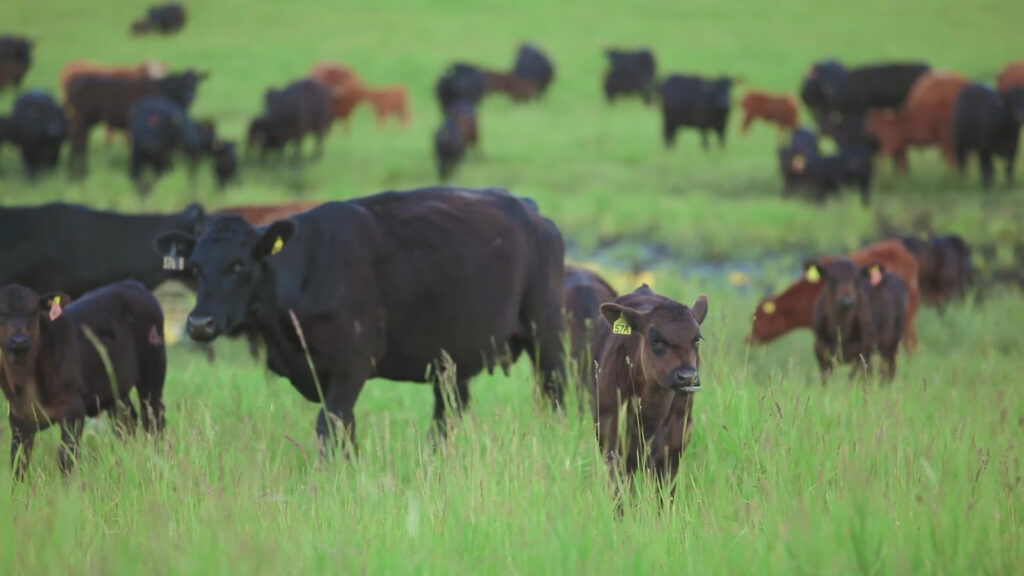
March 31, 2022Two Methods, Four Steps for Calculating Carrying Capacity 🎙️ Establish a stocking rate that maintains productivity of herd and forage while...
Keep Reading -
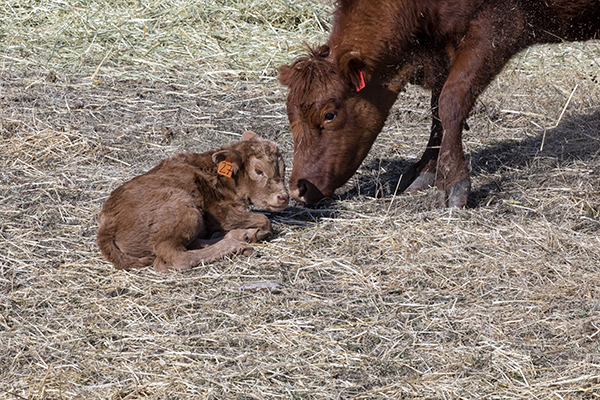
March 14, 2022Calving Records Will Be Especially Valuable This Year Research suggests good calving records can help when deciding how to market cows when feed is...
Keep Reading -
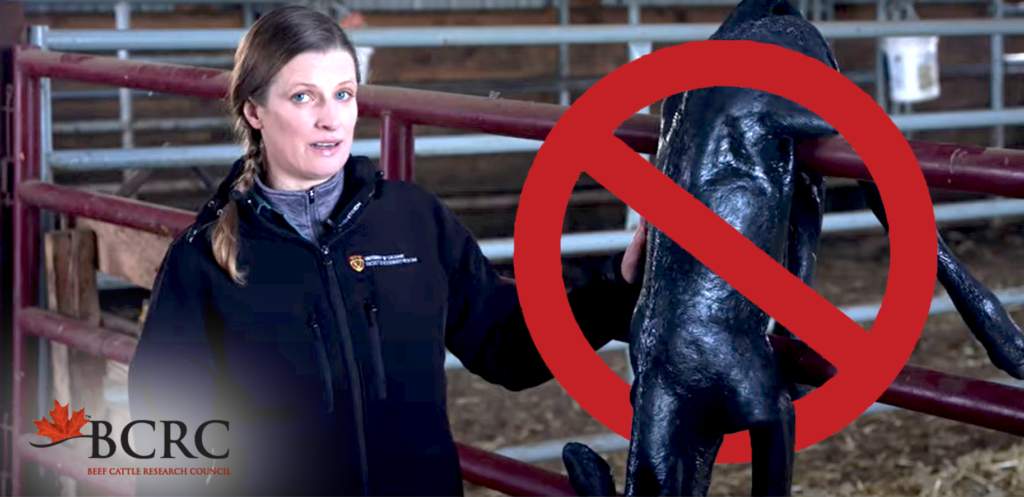
March 10, 20227 Tips to Remember This Calving Season Set yourself up for success this calving season with calving tips, resources and videos for Canadian beef...
Keep Reading -
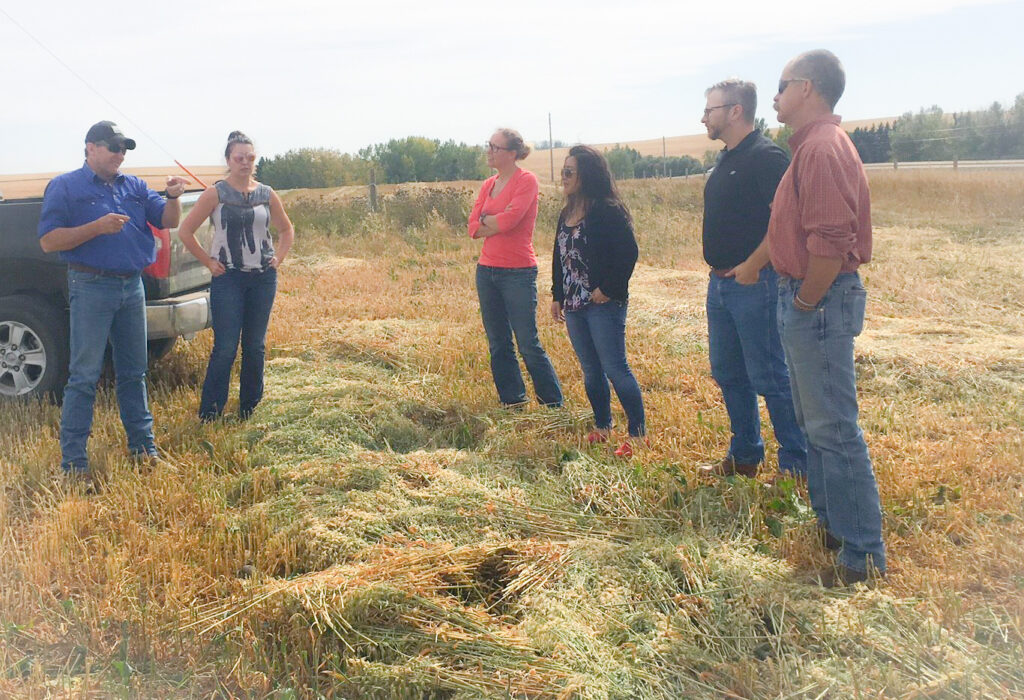
March 8, 2022Applications Open for BCRC Researcher Mentorship Program 2022-23 The deadline to apply is May 1, 2021. Four researchers were selected to participate...
Keep Reading -
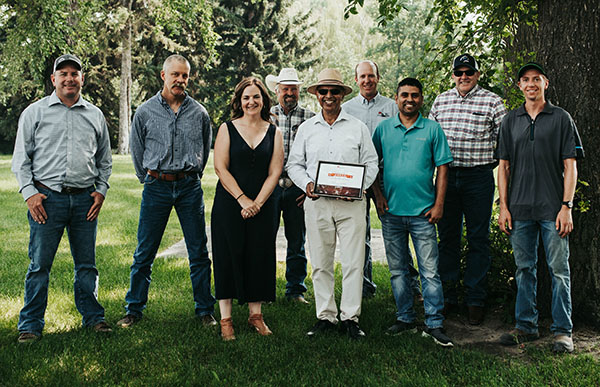
March 3, 2022Call for Nominations- Award for Outstanding Research and Innovation Nominations must be submitted no later than May 1, with three or more letters of...
Keep Reading -
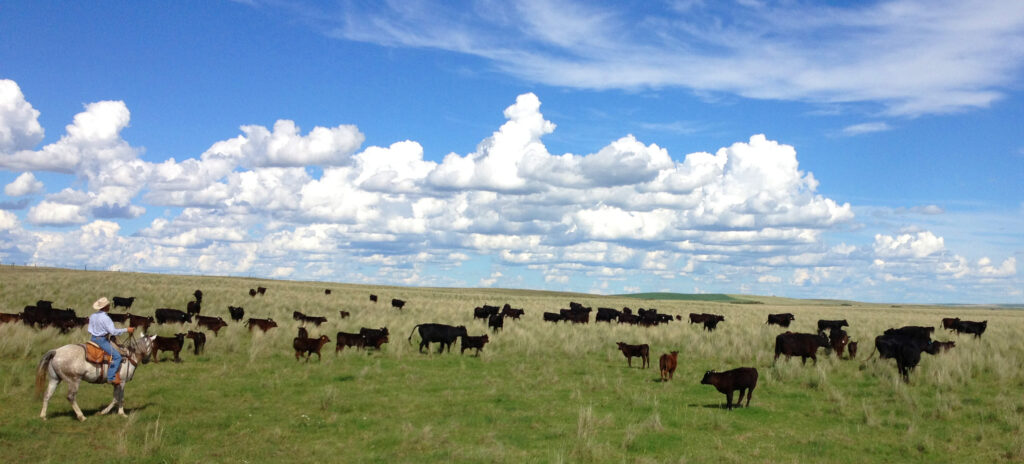
March 2, 2022Attn Researchers: Agriculture Development Fund (ADF) Call for Letters of Intent Letters of intent must be submitted no later than April 14. When...
Keep Reading